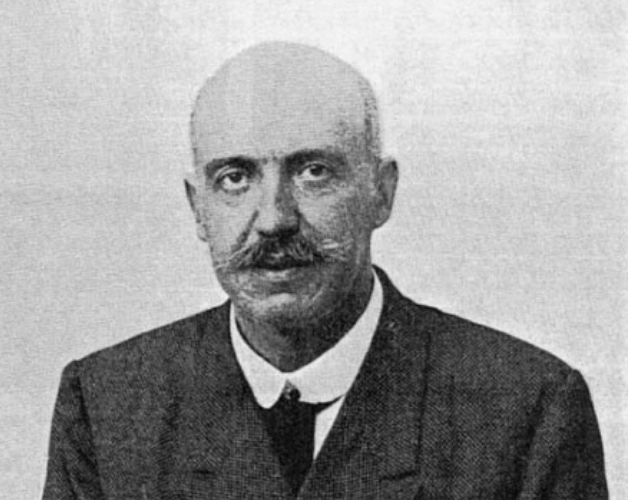Many illustrious personalities who were born or lived in Empoli. Painters, musicians, writers, but also doctors and scientists have left precious traces in our city. Find out more and explore Empoli retracing the steps of its most famous citizens.
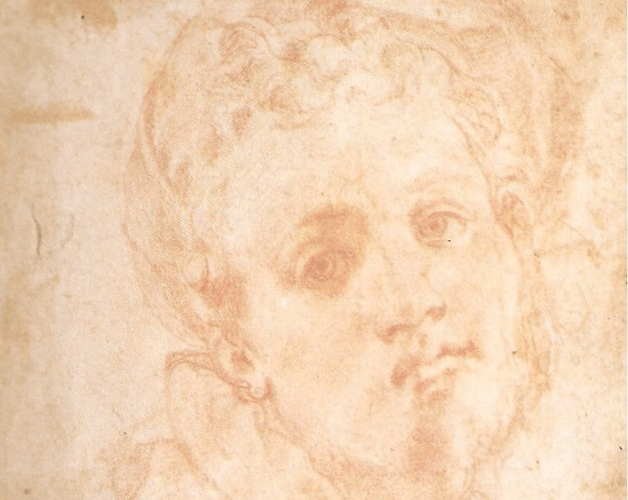
Better known as Pontormo, he was only of the earliest exponents of Mannerism. His works, which are preserved in the world’s greatest museums, reveal an unease in part linked to the times in which he lived: a period marked by powerful contradictions and the religious struggles that preceded the Counter Reformation.
In Pontorme, the artist’s childhood home, which was identified in the 1950s, is now a museum and archive devoted to the painter’s work. The collection includes an important 16th-century copy of lost masterpiece by the artist, the Madonna of the Book.
In the nearby church of San Michele, you can still see the panel paintings of Saints Michael the Archangel and John the Evangelist made by Pontormo for the church in 1519.
Jacopo Chimenti was born and educated in Florence, but he was nicknamed Jacopo da Empoli (Jacopo from Empoli) because his father’s family was originally from there. His work as a painter was influenced by early 16th-century Florentine art, in particular that of Santi di Tito. A talented draughtsman who worked from life, Jacopo’s figures stand out for their classicising features and restrained poses.
In addition to many churches in the Empolese Valdelsa area, works by Jacopo Chimenti can also be seen in the Museo della Collegiata di Sant’Andrea, the nearby Collegiata di Sant’Andrea and the Chiesa di Santa Maria a Ripa, a short walk from the historic centre.
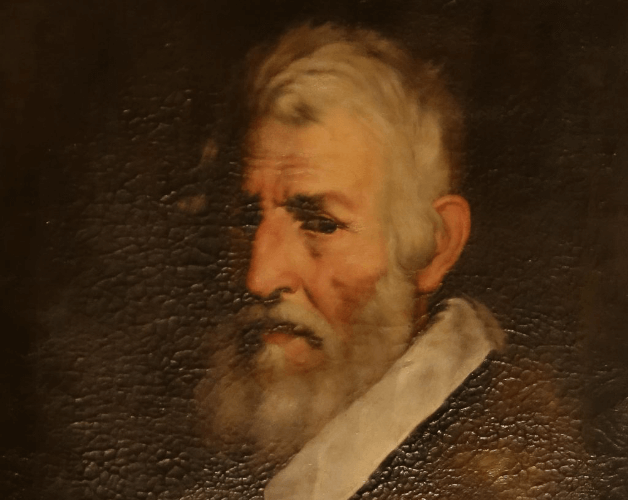
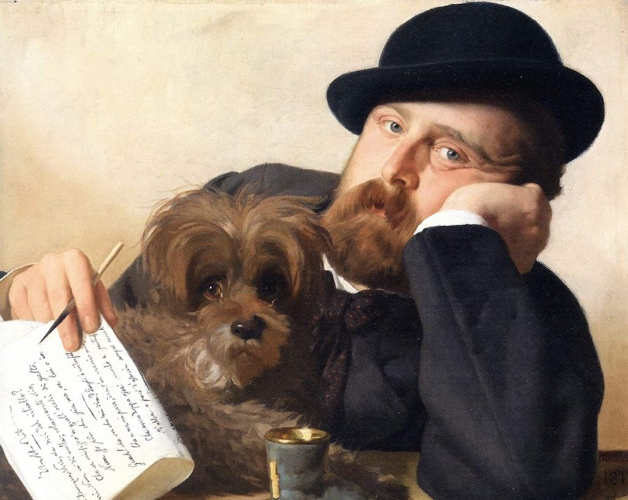
When he was young, his family moved from the Maremma region to the Villa Dianella, in Sovigliana. After earning a degree in agriculture, he devoted himself to writing poetry and prose.
His works Le veglie di Neri: paesi e figure della campagna Toscana, All’aria aperta and Nella campagna toscana enjoyed moderate success and were passed down for generations.
The popularity of his novellas opened the way for his academic career, while his friendships with the writers Verga, De Amicis and Carducci, the musician and composer Giacomo Puccini and some of the Macchiaioli painters positioned him to become a prominent figure in early 20th-century cultural circles.
He lived in Empoli for many years, and it is also where he died, in a small building in the street that now bears his name. The city library is also named after him.
The son of musicians, Ferruccio debuted as a pianist at age seven and wrote a concerto for piano and strings when he was just twelve.
An exceptionally talented musician, and indeed nicknamed the “prince of modern pianists”, he began to travel at a very young age and moved to Vienna, where he met Brahms. He then moved to Leipzig, where he met Tchaikovsky, and then Helsinki, where he taught Sibelius.
In addition to his intense, successful career as a concert performer, Busoni was also a musicologist, music critic, teacher and composer. His compositions include Elegie per pianoforte (1907-9), Fantasia contrappuntistica (1910-12), Sonantina seconda (1912) o il Nocturne symphonique op. 43, and the operas Die Brautwahl (1911), Fantasia indiana (1913) and Doktor Faust, which he worked on towards the end of his life.
His childhood home in Empoli is now a museum devoted to his work and life, as well as home to the Centro Studi Musicali Ferruccio Busoni.
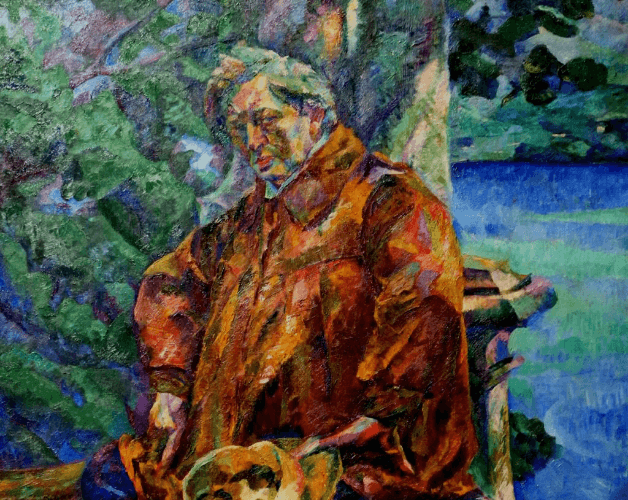
A jurist, intellectual and politician who contributed to the foundation of the Gabinetto Vieusseux, Salvagnoli also played an important role in the Italian Risorgimento.
An associate of the leading figures of the time, like Gino Capponi and Camillo Benso, count of Cavour, and known for his liberal ideas, for which he spent time in the Livorno prison, Salvagnoli was appointed Minister for Ecclesiastical Affairs in Tuscany in 1859. While in this post, he founded the Museo della Collegiata di Sant’Andrea in Empoli
In 1860, he was appointed Senator of the Kingdom of Italy. He died the following year, three days after the proclamation of Italian Unity, and is buried in the Cimitero Monumental in Pisa.
A physician, man-of-letters and student of Alessandro Marchetti, whose scientific reflection guided his study of Galileo Galilei’s discoveries, Del Papa was an associate of the greatest intellectuals of the time, including Francesco Redi, who he succeeded as Grand Ducal Head Physician.
When he died in 1735, Del Papa left his wealth to the less fortunate residents of his city, specifying that it be used to fund a local schoolteacher, provide support each year to two students at the University of Pisa and two students at the archiepiscopal seminary in Florence and supply dowries of 25 ducats to “poor, honest young women” from Empoli.
In 1743, the City of Empoli received permission from the grand ducal authority to use part of the Del Papa fund to found a public hospital, Ospedale San Giuseppe, which was built in the south-east corner of the third city wall between 1746 and 1765.
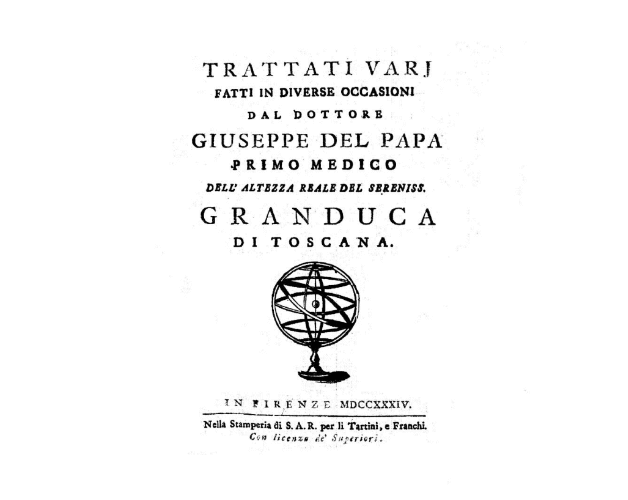
A physician born in Empoli and considered one of the founders of modern psychiatric therapy, Chiarugi was the first to devote himself to the systematic study of mental illness and proposed a new definition of madness that was worlds away from the superstitions that surrounded this condition in his own time.
At the Bonifazio hospital in Florence, he worked to find ways of treating patients in need of psychiatric care respectfully and without prejudice and, supported by the Grand Duke Pietro Leopoldo of Lorraine, published the cutting-edge treatise Della pazzia in genere e in specie in 1793-94
In 1810, he began teaching dermatology and mental illness at the University of Pisa, the first institute in the world with this teaching post.
He also wrote a volume on his hometown, titled Della Storia d’Empoli.
A surgeon who practised in Empoli for most of his life, but also spent long periods at sea as a ship doctor on the boats taking Italian migrants abroad. This led him to study various foreign languages and start to develop a theories about interlingua.
During World War I, he devoted himself to designing kinematic prostheses that could restore movement to young soldiers’ amputated limbs. In spite of the extreme innovation of his scientific theories, he did not begin to receive recognition until later in life, when his experiments began to be used as a model for developing increasingly innovative prostheses.
In 1990, his daughter Flora gave the City of Empoli all the contents of his workshop/laboratory, including equipment, books and working prostheses, which are now preserved in the city library.
